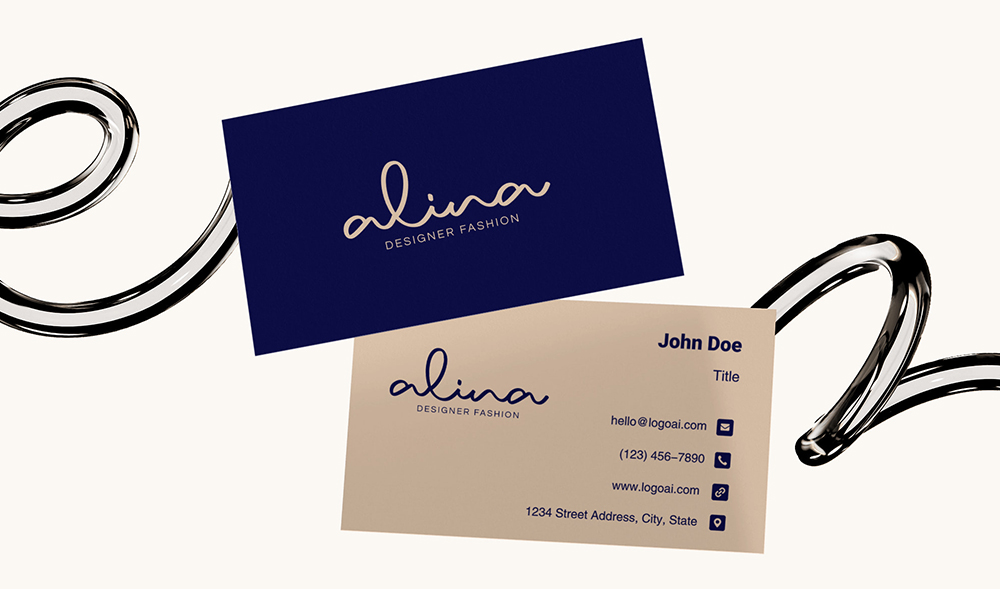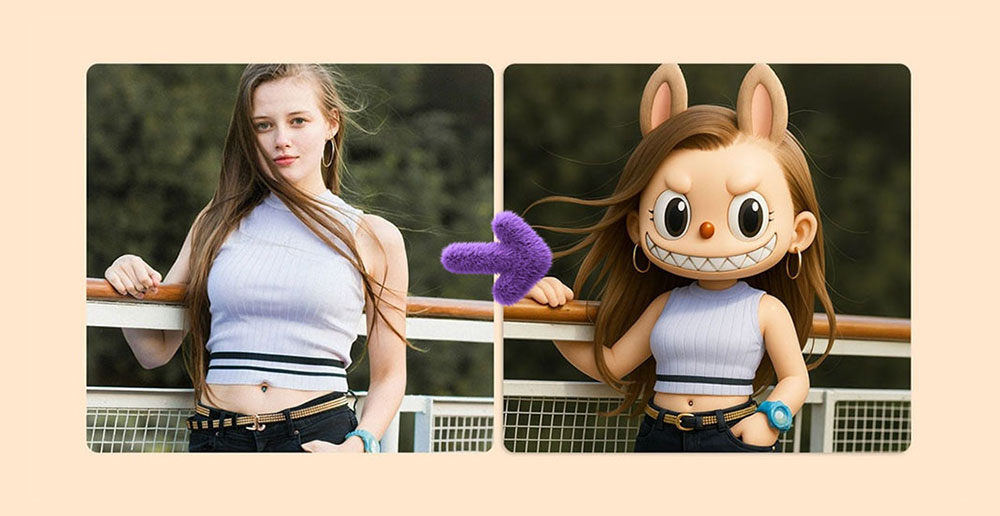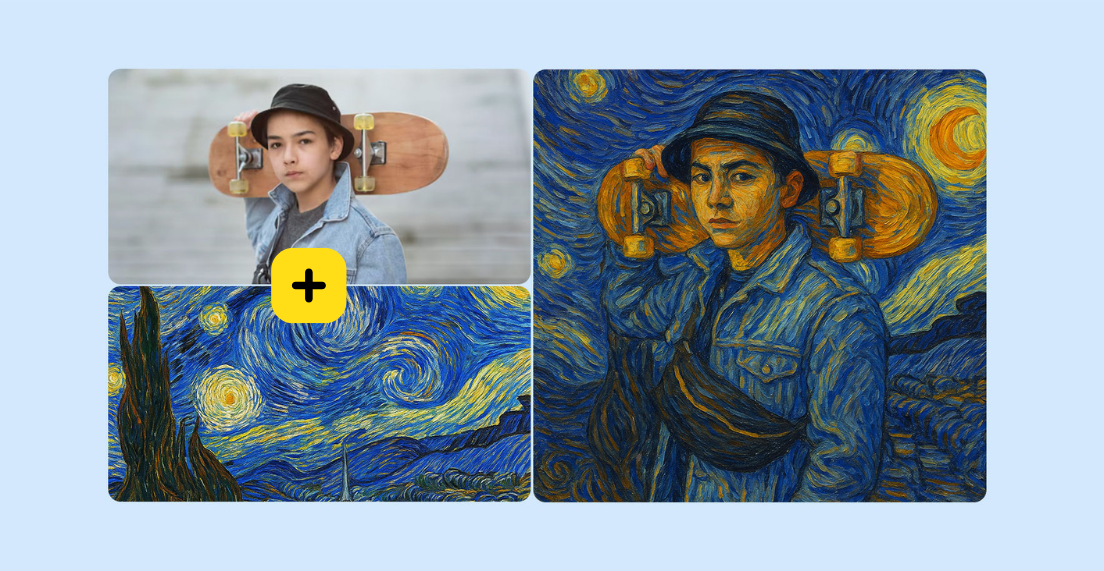As 2024 whisks us further into its vortex of rapid change, the art and science of product design continue to undergo a sea of change. Be it etching digital experiences that are visually stunning or crafting very tangible products that strike a chord with users, the way product logo design has been evolving in both principle and practice is little short of phenomenal.
The article parsed the top trends shaping today's product design world, focusing on growing influence of product design agencies in general and intricacies of product design in particular.
The Rise and Role of a Product Design Agency
Engaging a product design agency can be a game-changer for companies aiming to innovate and stay ahead in their markets. They are no longer beautification agencies but have grown to be strategic-led agencies in helping create the narrative of a brand through design. The modern product design agency covers all activities from creating appealing visuals to user research, prototyping, and testing down to even post-launch analysis.
One emerging trend is the shift toward more collaborative and cross-functional teams inside these agencies: designers work hand in glove with engineers, marketers, and business strategists to build more cohesive user-focused products. It is not just about how the product looks but also about how it functions, feels, and emotionally connects with the user.
Another trend is the introduction of sustainable design practices. Product design agencies are sensitive to environmental impact and hence choose materials, processes, and strategies that reduce wastes and shrink carbon footprints. This caters to the needs of the fast-growing segment of eco-conscious consumers while being in tune with global goals of sustainability.
Innovative Approaches in Product Design
Now, let's talk about product design itself. One of the most notable trends is the integration of Artificial Intelligence (AI) and Machine Learning (ML) in the design process. These technologies are helping designers create more personalized and adaptive user experiences. For example, AI can analyze user behavior to predict preferences and tailor design elements accordingly, leading to a more engaging user experience.
Besides, minimalism has been to the fore, but it is different now. This new wave of minimalism involves stripping to the essential feature but with maximum functionality and user satisfaction. Designers focus on the creation of such intuitive interfaces that require the least effort by users for its interaction, thus enhancing its usability by not burdening the user with a lot of options.
Another big trend is the use of interactive videos, mostly through mediums like augmented and virtual reality. What initially started for gaming or mere entertainment has begun to be leveraged in product design by creating immersive experiences for users who want to interact with products in a virtual space before making a purchase. This not only enhances user engagement but also provides valuable insights into user preferences and behaviors.
The Growing Influence of Digital Product Design Agencies
Digital product design firms are well, and truly out in front of the curve, innovating beyond what was once thought possible with digital. Each agency specializes in crafting frictionless experiences of the highest order in digital, across devices, and platforms. One is a sense that digital design should be accessible and inclusive. This is a growing recognition, with the increased integration of the digital world, that designing for all users, including people with disabilities, is important. That means developing a product to be usable by people with as wide a range of abilities and disabilities as possible to ensure that everyone can access and benefit from the digital experience.
Another trend is championing micro-interactions-those tiniest, usually passed-over moments that will make an app or a website feel more human. Be it a tiny animation if you hover over a button or a gratifying sound when you complete some task, these small details can make a huge difference in the user experience. With time, the digital product design agencies are getting increasingly good at leveraging such micro-interactions to create more engaging and delightful user experiences.
Personalization is also going up the sophistication rung. Digital products are being viewed as products that should change in real-time, depending on preferences and behavior. This would mean that dynamic interfaces, through their use by any user of the product, would change and evolve to make the product more personal and engrossing.
Make your own logo in seconds!
Try It NowMake your own logo in seconds!
Try It NowConclusion
Therefore, product design is an ever-evolving landscape with continuous technology developments and changing expectations of customers. Doing business requires you to stay updated with the latest trends, whether you operate with a product design agency or a digital product design agency. Sustainable design, AI and ML in practice, focus on accessibility, inclusivity, and creating more personalized experiences-these are just a few areas where modern product design is moving the goalposts.
In the future, product design will be about way more than making products great-it will be about connecting meaningfully and creating value for a better user experience. As these trends continue to shape the industry, the businesses that will set themselves up for success are those that have the will and ability to innovate and adapt.
So, whether you are a startup looking to make your logo or an established company seeking to innovate, keeping an eye on these trends and working with the right product design partners can help you stay ahead of the curve in this dynamic field. Remember, design is more than just a process, it's a philosophy that can drive success in today's competitive market.

-1725765843.png)






